India is at high risk due to narcotic drug trafficking as it is located between the two largest Opium producing regions of the world i.e. Golden Triangle in the east and Golden Crescent in the west. Drug trafficking and abuse also pose a serious threat to our societies. The most commonly used drugs are ‘hashish’, ‘ganja’, ‘opium’, and ‘heroin’. The misuse of pharmaceutical preparations like codeine-based cough syrups, ‘buprenorphine’, and painkillers like ‘proxivon’ have also assumed significant proportions. In some regions of the country, drug abuse has already become a serious social-economic problem which affects the vulnerable age groups.
What is Drug Abuse?
- World Health Organization defines Drug Abuse as the harmful or hazardous use of psychoactive substances, including alcohol and illicit drugs.
- Addiction is an advanced stage of substance abuse where the addict develops a compulsion to take the drug, persists in its use despite harmful consequences and exhibits a determination to obtain the drug by almost any means.
- Psychoactive substance use can lead to dependence syndrome – a cluster of behavioral, cognitive, and physiological phenomena, which are marked by social withdrawal.
- Symptoms of addiction include loss of interest in day to day work, reddening of eyes, sweating, loss of appetite and weight, nausea or vomiting and body pain, drowsiness or sleeplessness, acute anxiety, passivity, depression, mood swings among others.
Reasons for Drug abuse
The prevalence of drug abuse among children and adolescents is higher than the general population. This is important because it is at this fragile period, that many children and adolescents are easily prone to influences, and the majority of them feel that is the time for experimentation and identity-forming. Changing cultural values, increasing economic stress are some other reasons leading to initiation into drug use.
One of the major reasons for drug abuse is its glorification in popular media such as television series and films. Very often it so happens that taking drugs is romanticized and also some fictional positive aspects of the same are displayed.
The processes of migration, urbanization, and industrialization, have led to the weakening of the traditional methods of social control as the individuals are vulnerable to daily stresses and strains of modern life.
This happens at a very basic level because the person concerned would feel a desperate need to deal with stress and get a momentary high or to just ‘fit in’ with his or her friends, as happens in the case of youngsters. It soon would reach a stage where this need would become much more than other needs in life and the person begins to believe that their survival would depend on those drugs only.
Impacts of Drug Menace
Health Impacts:
- Damage to organs, such as the heart, brain, and liver
- Diseases, such as heart disease, HIV, and cancer
- Development of mental illnesses, suicides
- Permanent changes to hormonal or nervous systems
Relationships:
- Family
- Family disputes; mental trauma for family members
- Domestic violence- adverse effect on women and children
- Societal
- Loss of reputation, social stigma, isolation
- Lack of Societal acceptance after rehabilitation
Occupational:
- Lack of concentration on the task at hand which in turn leads to poor performance
- Absenteeism, loss of job
Financial:
- Incrementally high expenditure on drugs
- Increasing Debts
Crime:
- Resorting to monetary crimes to pay for drugs
- Increasing incidences of group clashes, teasing, assault, and impulsive murders
The solution to drug abuse
Constitutional, Legal Provisions, and International agreements:
- Article 47, states that it is the state that shall endeavor to bring about prohibition of the consumption except for medicinal purposes of intoxicating drinks and of drugs which are injurious to health
India is a signatory to three UN Conventions with regard to drugs:
- Convention on Narcotic Drugs, 1961,
- Convention on Psychotropic Substances, 1971,
- Convention against Illicit Traffic in Narcotic Drugs and Psychotropic Substances, 1988
Legal Provisions
NDPS Act, 1985:
- The act regulates the cultivation, production, import, export, purchase, sale, use, possession, and consumption, of narcotic drugs and psychotropic substances
- NDPS Act is a punishing and punitive statute. Punishment would be based on the substance and its quantity that is found. Death penalty or 30 years of imprisonment for the repeated offense of drug trafficking
- Society based Solutions: Prevention programs involving entities such as families, schools, and the immediate communities are important in this regard. Media – especially the entertainment segment – also needs to understand its role in this context, glorification of drug use should completely stop. The role of NGOs is also important to fight this menace.
- Legal Measures: The Narcotic Drugs and Psychotropic Substances Act, 1985, were enacted with stringent provisions to curb this menace. The act apprehends a minimum term of 10 years imprisonment, which can be extendable to 20 years and a fine of Rs. 1 lakh which can be extendable up to Rs. 2 lakhs for the offenders. The act has been amended by making provisions for the forfeiture of properties that have been derived from illicit drug trafficking. However, effective implementation and time-bound judicial process are the need of the hour.
- International effort: India lies between two major drugs producing areas in the world i.e. Golden Crescent (Iran, Afghanistan, and Pakistan) and the Golden Triangle (Myanmar, Thailand, Laos, and Myanmar). In order to stop the supply of drugs from these areas, International coordination is very important. We need to effectively use SAARC and ASEAN platform for joint coordinated action against drug trafficking.
Way Forward
Voluntary process: It is well within one’s mental and spiritual powers to quit the addiction. There is a need to admit that one has a problem of drug addiction and then s/he needs to look at the lives of such people who had once been through the worst period of addiction in his life and have now come out of that. At the same time, help from physicians, psychologists, as well as strong support from family, is required. Stigma, Addiction should not be a character flaw, but as an ailment that any other person could be struggling with. Therefore, the stigma associated with drug-taking needs to be reduced. Society has to understand that drug-addicts are only victims and not criminals. Certain drug crops that have more than 50% of alcohol and opioids need to be regularly monitored by the government officials.


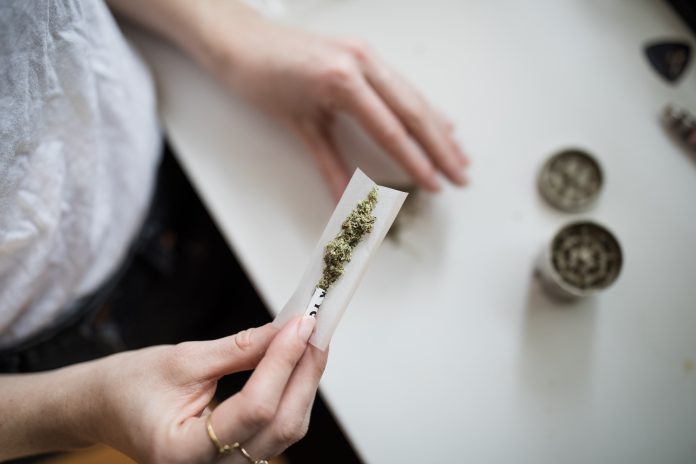
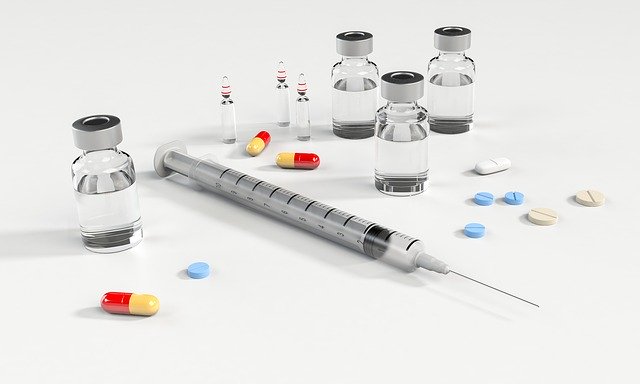




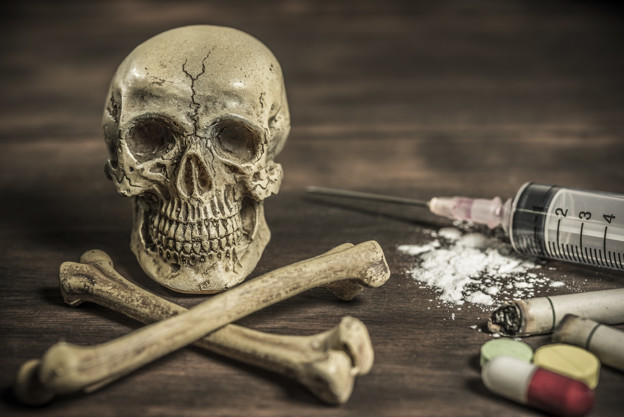

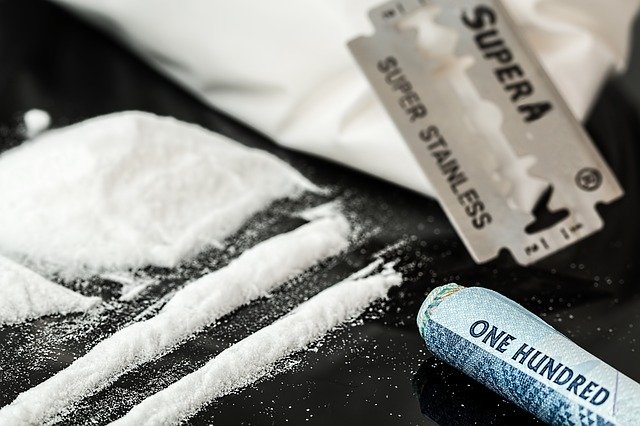






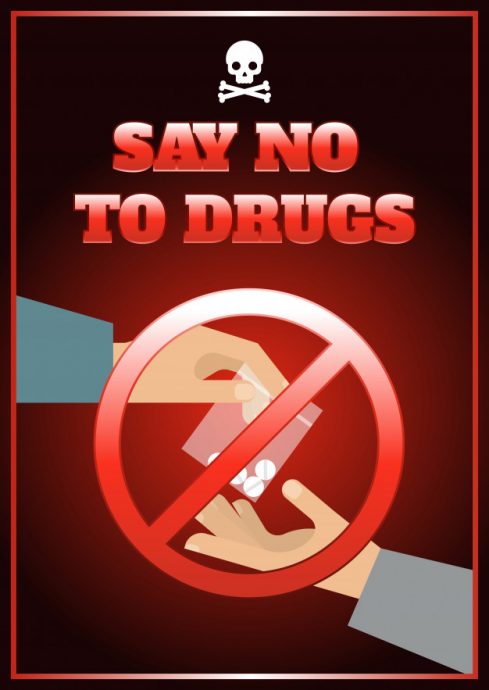
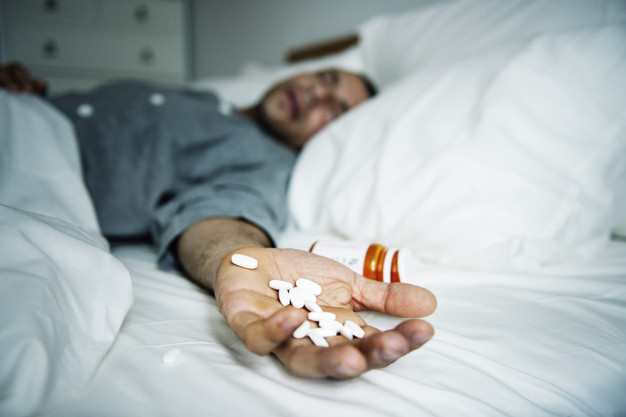







I constantly spent my half an hour to read this website’s content daily along with a cup of coffee.
That’s interesting
Wow! Thank you buddy. Even I like coffee 🙂
Does anyone know how you get those customised backgrounds on wordpress. All i can seem to get is the ones they provide. Can someone help me pleaseeeeeeeeeee?.
Finally something that helped me. Thanks
This really answered my problem, thank you!
Welcome
Hello! This post could not be written any better! Reading this post reminds me of my old room mate!
He always kept talking about this. I will forward this article
to him. Pretty sure he will have a good read. Many thanks for sharing!
Nice post. I learn something totally new and challenging on sites I stumbleupon every day.
It’s always helpful to read through articles from other authors and practice
something from other sites.
This web site is really a walk-through for all of the info you wanted about this and didn’t know who to ask. Glimpse here, and you’ll definitely discover it.
Thank you
Hi i am kavin, its my first time to commenting anywhere, when i read this article i thought
i could also create comment due to this sensible piece of
writing.
Also visit my blog post :: tracfone special
Excellent post. I was checking continuously this blog and I’m impressed! Very useful info particularly the last part 🙂 I care for such info much. I was seeking this certain info for a long time. Thank you and best of luck.
Thank you